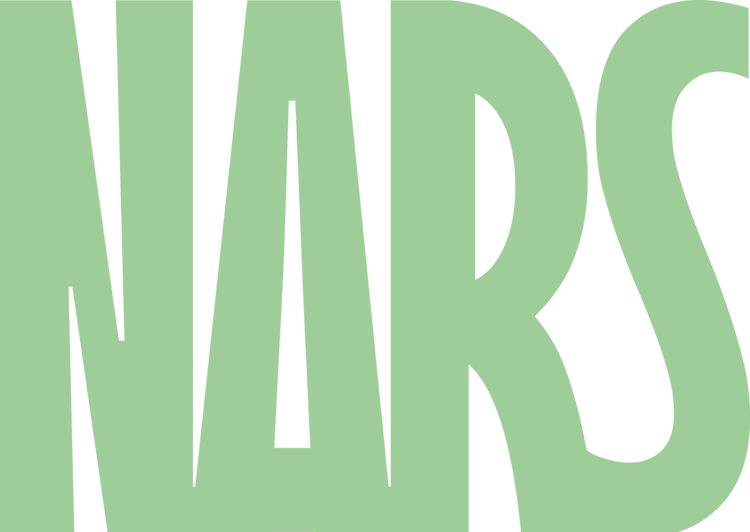Featuring works by:
Jonsara Ruth
Doug Johnston
Gerardo Gonzalez
Evan Eisman
Kristi Sword
James Dieter
Takeshi Miyakawa
Ideally, Yes is a group exhibition of works by artist who's focus is on process and experimentation as main motivating force. Rather than fitting into one category or another, the works of these artists often straddle two or more disciplines, landing in a grey area. Between sculpture and design, between architecture and lighting. Between painting and sound. The constant however, that runs through all these works is the desire to experiment, and in doing so invent unique and personal methods of creating.
The title "Ideally, Yes" is a reference to a common discussion or mode of understanding work between a creator and viewer in which questions like "does it provide x,y,z function?" or "does it work?" often arise. Where the starting point for these works might have been straightforward; to accomplish a particular goal or express a
particular idea, the process of creating the work has spawned new ideas, shifting the focus subtly or dramatically. The tone of the answer (and in this case, title of exhibit), denotes a certain peace with the idea that perhaps something more important can be
arrived at when allowing for a totally abstract investigation for investigation's sake, whether that be into a material, a process, a technology, or something else.
Jonsara Ruth / Salty Labs
We are in a process of modifying existing furniture pieces to give them a different life.
Our process is a collaboration with the original maker, designer, or manufacturer. While we deconstruct and clean the piece, we learn about the original decisions which brought the piece into existence. Our decisions to add or subtract materials and finishes carefully respects the integrity of the piece, its original use and its marks of age.
This piece is one in a series.
Salty Labs is an experimental design studio aiming to elevate human experiences. The studio was founded by Jonsara Ruth in 2011 to bring together experts from a wide variety of disciplines and perspectives to create designs at a variety of scales – interiors, events, installations, furniture, and manufacturing. Making new places and things while keeping people, places and economies as healthy as possible is a value that underlies all of the work.
Jonsara Ruth is an artist and designer. She is Design Director of Healthy Materials Lab, Founding Director of the MFA Interior Design program, and Associate Professor of Interior Design at Parsons School of Design. Central to her work is curiosity, listening to and learning from diverse perspectives, and studying human experience, behavior, and health as principal motivations for design. Material curiosities drive her research.
Doug Johnston
Since 2010 I have been focused on a process of coiling and stitching rope using industrial sewing machines, with which I have produced a wide range of functional and sculptural objects. The work utilizes a long history of human technologies such as cordage, coiled vessels, bags and basketry, masonry construction, sewing machines and 3d printing. With these I have worked to build a formal vocabulary and studio practice that engages my varied interests in architecture, spatial and landscape formation, commerce, and fundamental human technologies. My work often sits at the intersection of art, design and craft, taking the position that no made object is exclusively aesthetic or utilitarian. Each piece is a drawing, a body, a space, and an attempt to grasp a moment in geologic time as we enter the anthropocene.
Gerardo Gonzalez
My work explores the relationship between mechanical/kinetic mechanisms, certain human motions and the human responsiveness to wearable pieces. I focus on the hand as my canvas, because I am intrigued by the small scale and by the idea of creating miniature sculptures that can be held in the palm of the hand, but can also become part of it when worn.
Evan Eisman
I sandblast.
I make a lot of studies, eroding things.
Parameters for making the studies are simple and flexible, oftentimes changing midway to further emphasize some developing trait.
There's nothing technological about the work, nothing especially complicated in the gestures that generate the studies.
I approach these things as opportunities for working out ideas and techniques, and for working off pent up energy.
As far as the forms go, the process lends itself to embodiments of time passing, suggesting long weathered things like stony outcroppings, ventrifacts, yardangs, and ancient bodies in pieces, illegible tablets in arcane languages and ruined temples.
Kristi Sword
This work is a collection of experimental studies taken from a larger series called quickcount. It is an ongoing process of experimenting with a plastic material used for embroidery. By deconstructing and reconstructing, reimagining linkages and form, I am curious to see what is possible for this material to become.
James Dieter
James Dieter is an artist and designer working in Brooklyn, NY. He has manufactured lighting pieces as dform inc since 2001, and eponymously since 2015. Central aspects of his design process are the development of modular structures and folding.
Takeshi Miyakawa
Since 2001 Takeshi Miyakawa has been producing work in range of areas, from furniture and lighting to set design and interactive installation. His work has been widely exhibited and published. His studio, Takeshi Miyakawa Designs, is located in Brooklyn, NY.
Andrew Jay Rumpler / Nine Stories Furniture
Andrew Jay Rumpler designs and fabricates objects in Brooklyn, NY, and has been making work under the studio name Nine Stories Furniture Co. since 2007 . Creating systems for the reuse of discarded materials is a theme which is central to his practice. In addition to studio work, he is an adjunct professor at Parsons/The New School.
His current work "Vulcan", is an ongoing group of related seating objects fabricated from de-commissioned fire hose. The name is a reference to the fraternal order of African American firefighters formed in 1940 as a response to the systemic injustices they were forced to endure in the department in New York City.

